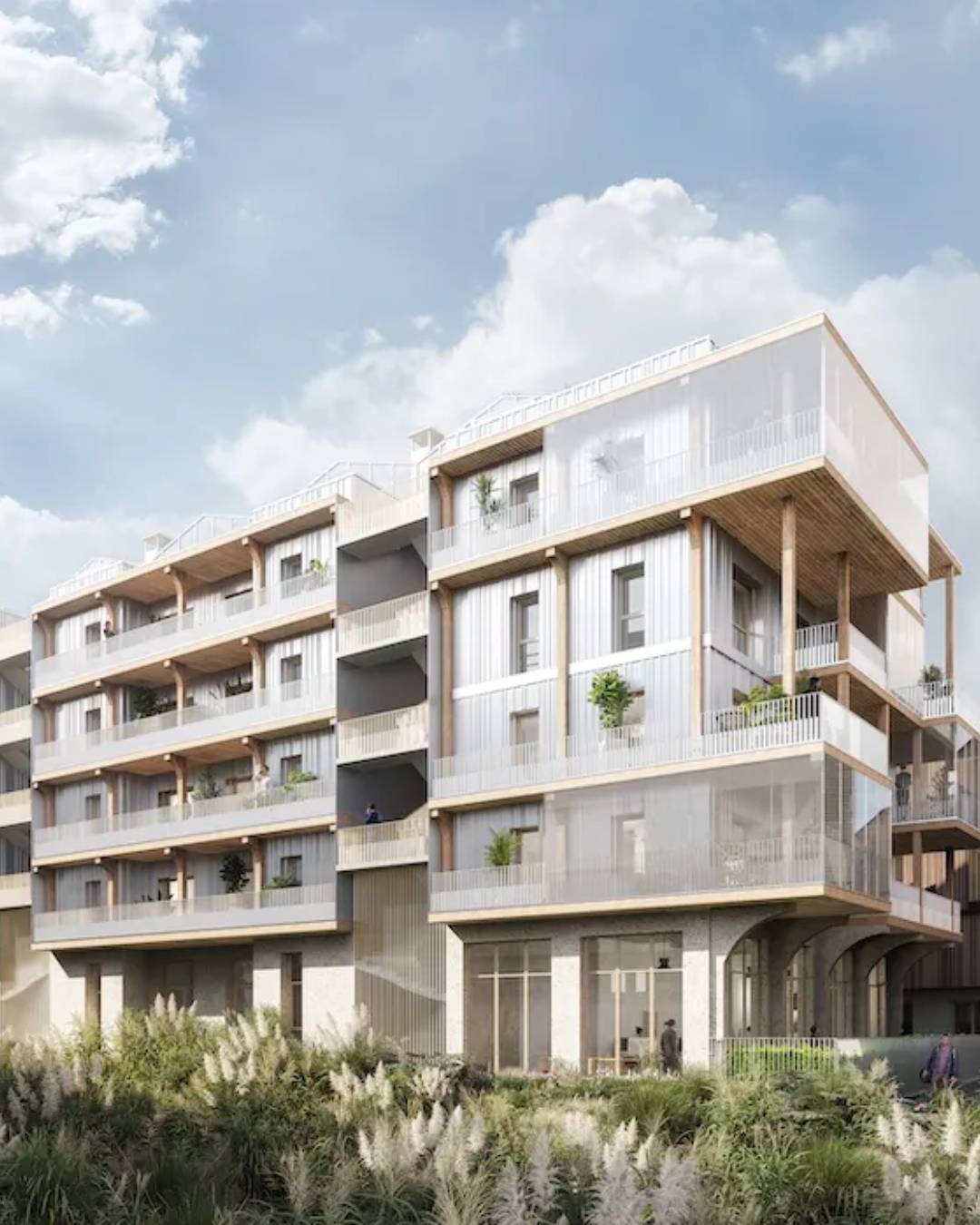
The Olympic Village aims to improve life in the suburbs Regeneration takes shape for the benefit of local residents
The construction of an Olympic village has always involved the demolition of social housing, leaving many people displaced and homeless in the name of "beautification." However, Parisian authorities and the Olympic Committee hope to take a different approach as the 2024 Olympic Games approach, and the region prepares to host 14,000 athletes. For decades, Olympic host cities have been subject to excessive spending, while Paris has pledged to reduce its expenses in an effort characterized by reconstruction and regeneration rather than the total construction of new infrastructure. Compared to other years, the budget for the Paris Games is relatively moderate, around 7 billion euros, with nearly 80% dedicated to Seine-Saint-Denis, one of the poorest departments in France. Two key construction projects have been completed: the Olympic village and the aquatic center, both essential for the successful execution of the Games.
The suburbs of Saint-Ouen, Saint-Denis, and L'Île-Saint-Denis, overlooking the Seine and the Parisian skyline, are forgotten expanses, consisting of industrial buildings and social housing, far from the glamour that reigns on the Seine a few kilometers away. Even before the impetus given by the Olympics to the region, mayors and local elected officials were already working to improve the area's reputation, eager to showcase the beauty and opportunities that exist in this region. Historically, Paris and the surrounding northeast neighborhoods have been divided, but this new approach could see the construction of a theoretical bridge between the two. On the other hand, it is important to note that such a task necessarily involves the eviction of thousands of migrants and asylum seekers living in the abandoned buildings surrounding the suburbs. The future is marked by uncertainty: will this initiative benefit local residents, or will the beautification of the region require the expulsion of families?
Located 7 km from the center of Paris, near the Stade de France, the village consists of the Olympic village square, an international space open to the Seine, a residential area surrounding the Cité du Cinéma film studio, and an operational zone connected to major roads. Additionally, round-trip transportation is provided by the expanded transportation system: RER Line 2 and Line 5. It is noteworthy that this transportation network is part of the government's metro expansion plan, launched in 2016, constituting the largest civil infrastructure project in Europe. Several green spaces will also be inaugurated, hoping they will withstand the test of time and provide more outdoor spaces for residents in the region. The location along the riverbanks makes the area an attractive place for development, transforming these neglected kilometers into affordable housing and other essential structures for the region's transformation. That being said, noble expectations and hopes will have to give way to post-Olympic action.
Change and Sustainable Development
Instead of perpetuating the tradition that has, for decades, involved displacing families to build luxury towers and training facilities for Olympic athletes, officials are focusing on a 52-hectare site along the Seine, previously composed of industrial buildings and warehouses. Already at the center of local officials' renovations, the partnership with the Olympic Committee has led to accelerated development that would otherwise have taken years. With the allocated billions of dollars, the city is killing two birds with one stone: developing an Olympic village for athletes while putting in place permanent structures and renovated buildings that will remain long after the flame is extinguished. Once the Games are over, the village will be transformed into affordable housing for about 6,000 residents, including social housing and office spaces for workers. Many dilapidated residential complexes nearby will be demolished and rebuilt during and after this period. Schools, parks, outdoor spaces, and renovated pools will also be established, hoping to revitalize the area without displacing residents but, instead, offering them new living conditions. If the initiative succeeds, the impact on the daily lives of local residents will improve, but evidence will need to be provided.











































